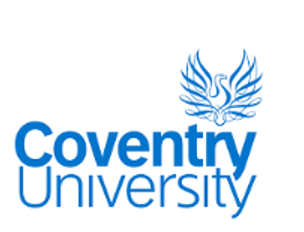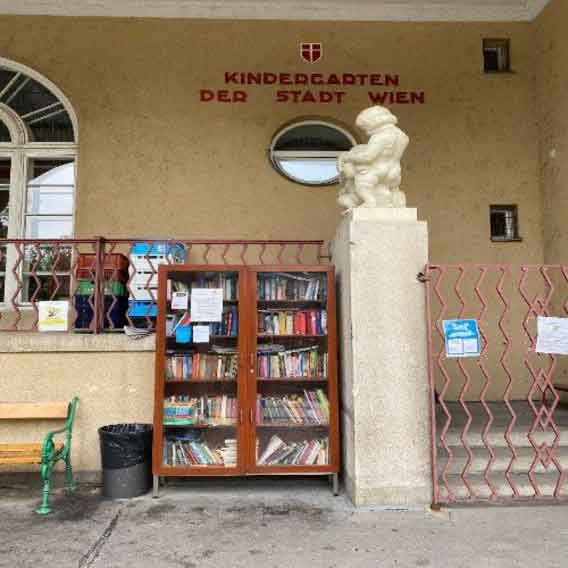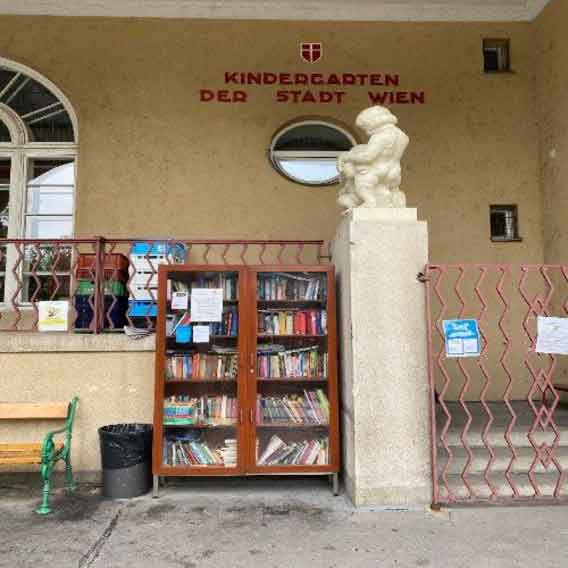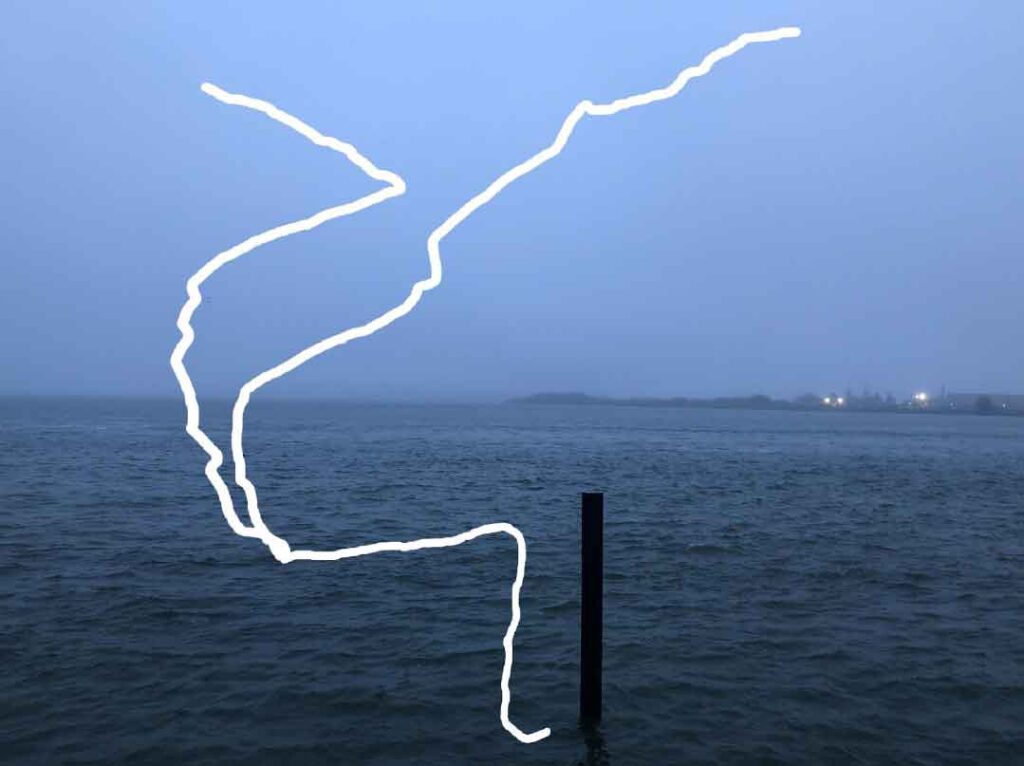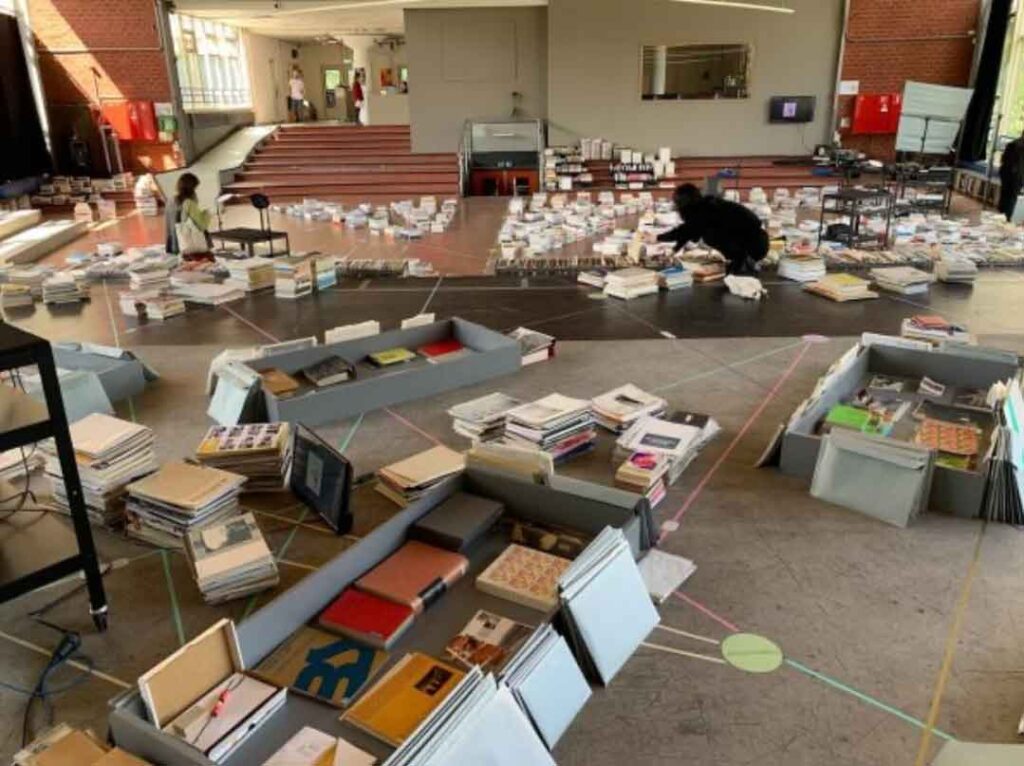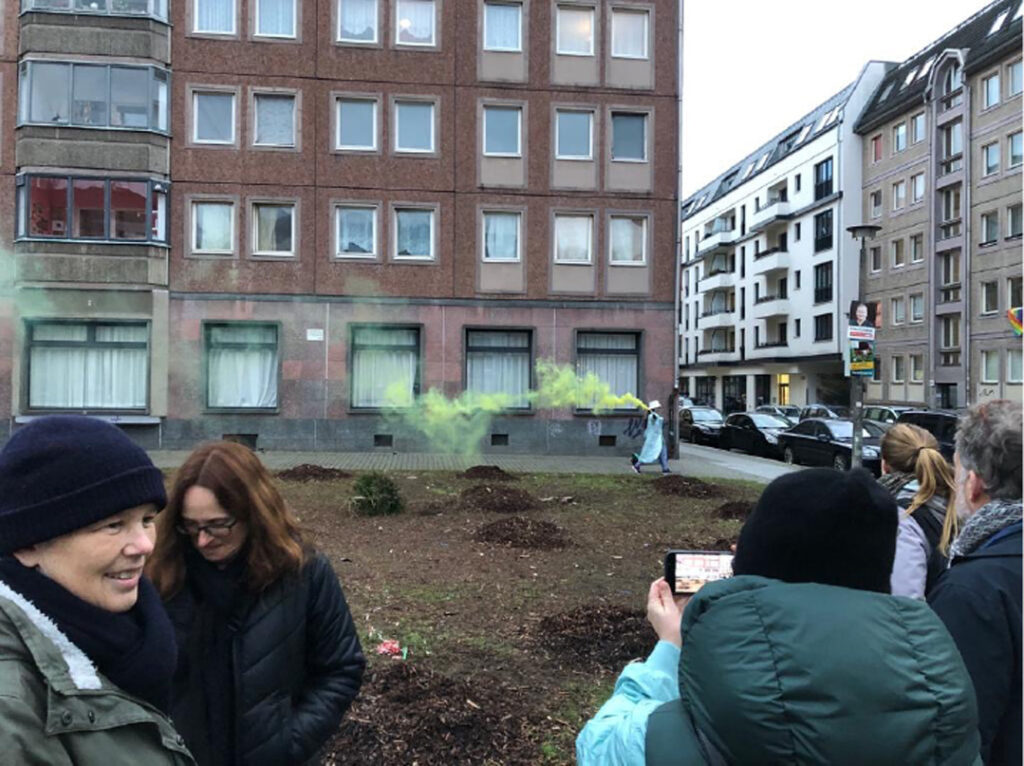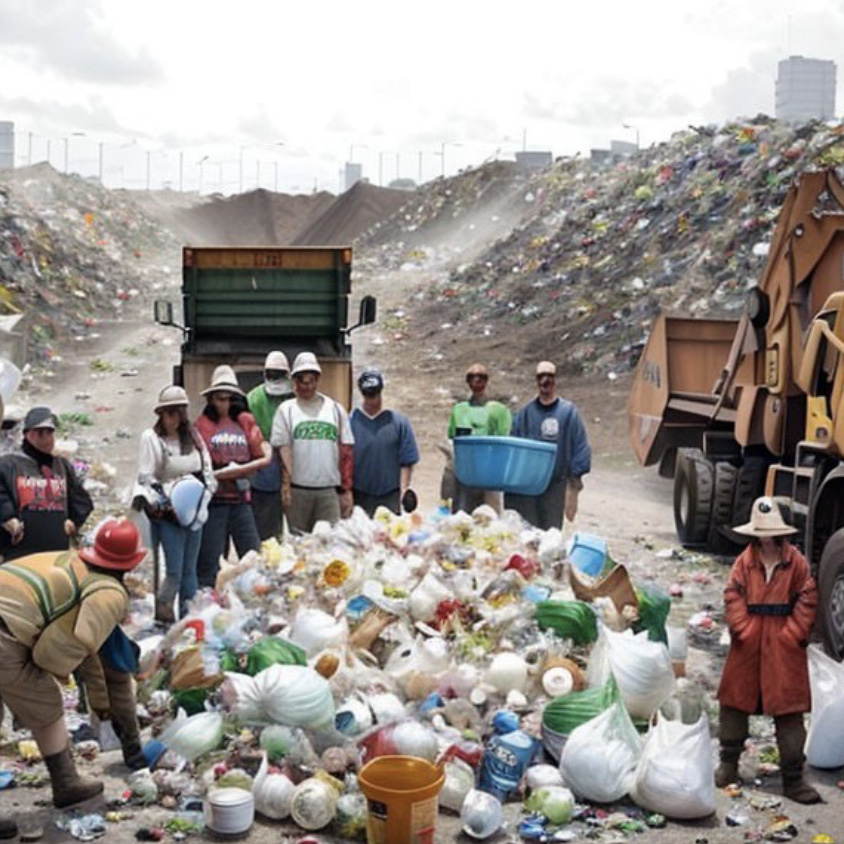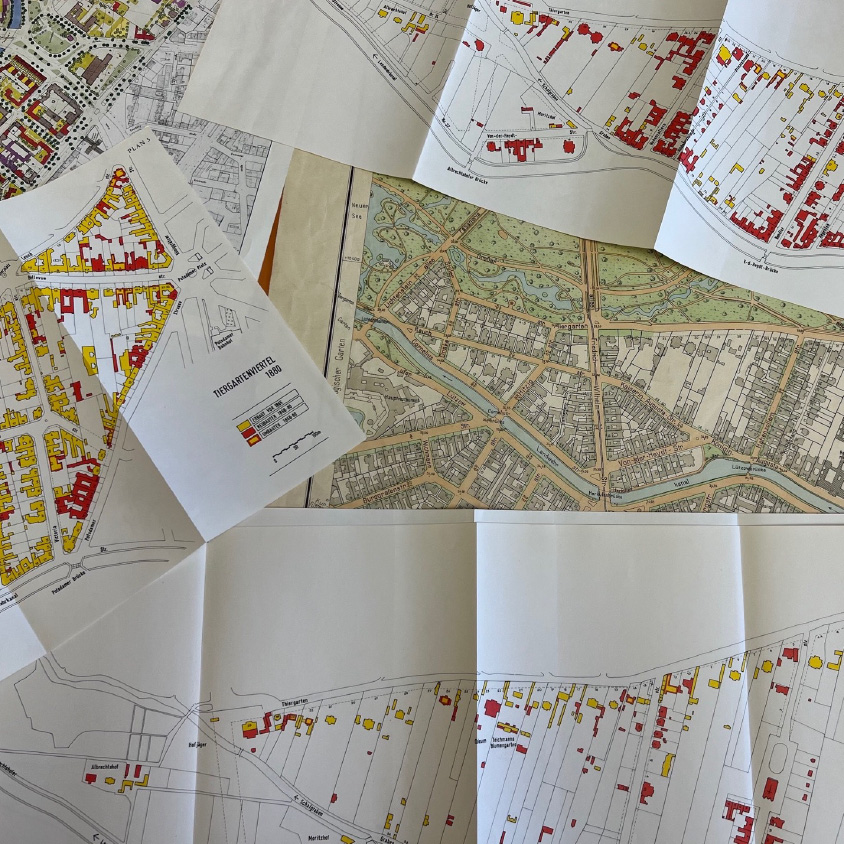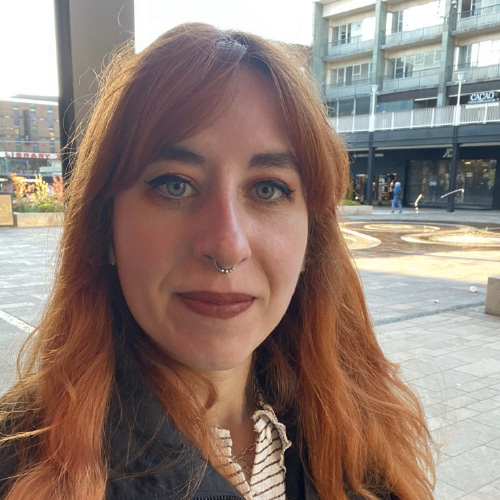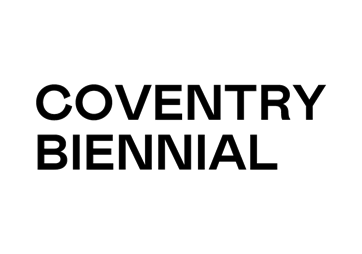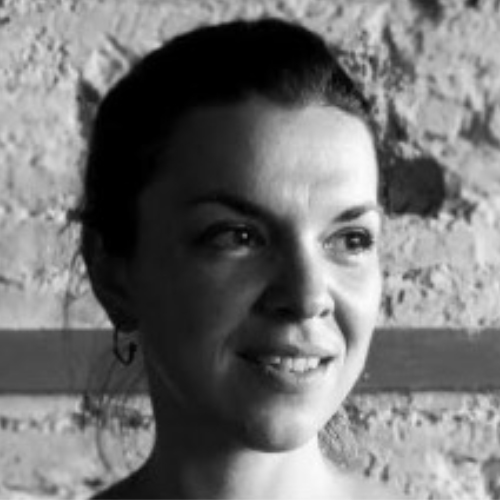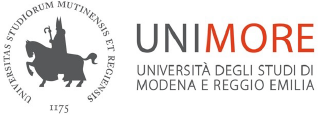I was seconded to Sirius, in Cobh Ireland between 1st February 2024 – 2nd March 2024. My research activities across the 31 days were split across three activities, networking, creative production and writing. I will touch on my networking activities here.
I wanted to spend the first part of my residency and secondment to Sirius getting a sense of the kinds of arts organisation, museums and artist-run spaces are across Ireland. To do this I followed the networks and suggestions of the people I met, where they had previously worked, exhibited artworks, have studio space or frequented to attend events or workshops. Here is a non-comprehensive list of where these networks took me:
I spent my first 10 days in Cork, where I connected with fellow SpaceX Researcher Aideen Quirke who introduced me to her own networks and guided me to places of interest around the city.
Cork – Cobh:
Aoife Barrett – PrintVanGo, The Glucksman, Crawford Art Gallery, Cork Printmakers, Lavit Gallery, Backwater Artists, Project Guesthouse, Laneway Gallery, Living Commons Cork and SIRIUS
Thank you to the many people I met, chatted with over a tea, and shared their experiences of being an artist, facilitator, educator, activist and arts worker. Across many of these conversations points of interest kept looping together, the state of Arts funding in Ireland, the trial of the Artist Living Wage scheme and the prominence of artist-run and residency spaces in comparison to more formal institutional models.
Next, I spent a short amount of time in Dublin, where I connected with fellow SpaceX researchers Emma Mahony, Fiona Whelan, Seoidín O’Sullivan at NCAD, Benedetta Bronzini who was also on her secondment to NCAD and Sara Greavu at Project Art Centre. I was thankful to be invited along to a guest lecture by Dr. Bronzini and attend an artist talk at NCAD by Iz Oztat who was exhibiting at IMMA.
Dublin:
Ireland Museum Modern Art, Royal Hibernian Academy of Arts, The Hugh Lane Gallery
I was very fortunate to be able to reconnect after attending the Dublin Training Event back in April 2023 and took the opportunity to continue some of the conversations and topics with caught my interest during this first visit to Dublin. My interest in artist-led models bubbled up during this first training event where I found a book exploring the term-limited governance model of 126 Gallery in Galway. During my short stay in Dublin, I picked up another text which looks at artist-run spaces across the UK and Europe, including Pallas Projects in Dublin.
This following the networks began to inform how I learned about the differences and similarities to arts public funding models and the different struggles formal institution bodies face between Ireland and England where I am based. This period of networking will inform my PhD research as I write about social practice through institutional and infrastructural critique.



